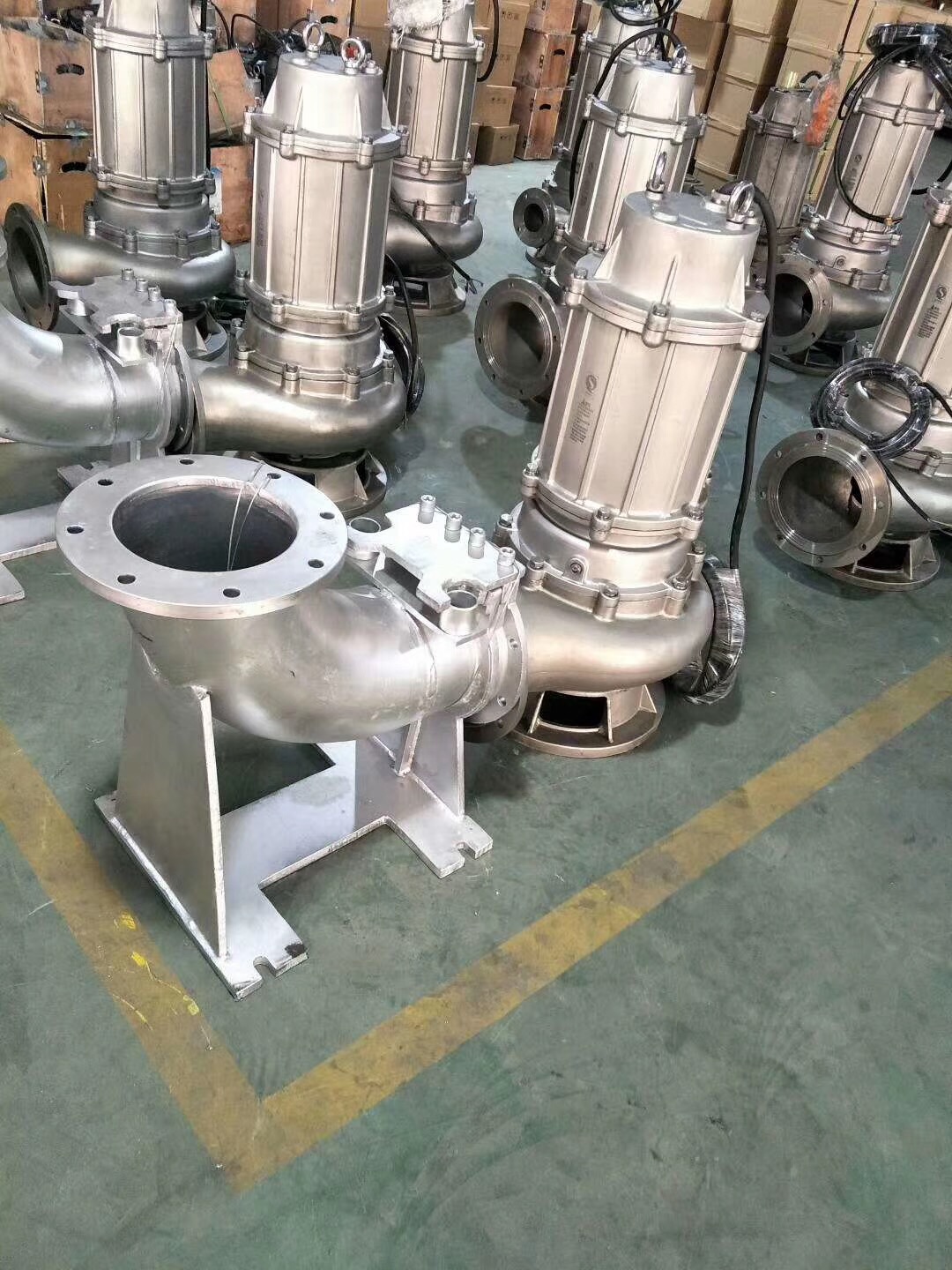Czech
- Afrikaans
- Albanian
- Amharic
- Arabic
- Armenian
- Azerbaijani
- Basque
- Belarusian
- Bengali
- Bosnian
- Bulgarian
- Catalan
- Cebuano
- Corsican
- Croatian
- Czech
- Danish
- Dutch
- English
- Esperanto
- Estonian
- Finnish
- French
- Frisian
- Galician
- Georgian
- German
- Greek
- Gujarati
- Haitian Creole
- hausa
- hawaiian
- Hebrew
- Hindi
- Miao
- Hungarian
- Icelandic
- igbo
- Indonesian
- irish
- Italian
- Japanese
- Javanese
- Kannada
- kazakh
- Khmer
- Rwandese
- Korean
- Kurdish
- Kyrgyz
- Lao
- Latin
- Latvian
- Lithuanian
- Luxembourgish
- Macedonian
- Malgashi
- Malay
- Malayalam
- Maltese
- Maori
- Marathi
- Mongolian
- Myanmar
- Nepali
- Norwegian
- Norwegian
- Occitan
- Pashto
- Persian
- Polish
- Portuguese
- Punjabi
- Romanian
- Russian
- Samoan
- Scottish Gaelic
- Serbian
- Sesotho
- Shona
- Sindhi
- Sinhala
- Slovak
- Slovenian
- Somali
- Spanish
- Sundanese
- Swahili
- Swedish
- Tagalog
- Tajik
- Tamil
- Tatar
- Telugu
- Thai
- Turkish
- Turkmen
- Ukrainian
- Urdu
- Uighur
- Uzbek
- Vietnamese
- Welsh
- Bantu
- Yiddish
- Yoruba
- Zulu
Telephone: +86 13120555503
Email: frank@cypump.com
Srp . 17, 2024 04:37 Back to list
Submersible Sewage Pump Maintenance and Repair Guide for Optimal Performance
Repairing Submersible Sewage Pumps Ensuring Efficient Operation
Submersible sewage pumps are essential components in wastewater management systems, designed to efficiently move sewage and wastewater from lower to higher elevations. These pumps are submerged in the sewage they are pumping, which poses unique challenges and requires careful maintenance and prompt repair when issues arise. Understanding the repair process for submersible sewage pumps is crucial for maintaining their efficiency and longevity.
Common Issues with Submersible Sewage Pumps
Submersible sewage pumps can face various problems over time due to their operating environment. Here are a few common issues
1. Clogging One of the most frequent problems is clogging caused by solid waste, debris, or fibrous materials that can accumulate in the impeller or volute. This can lead to reduced flow rates or complete pump failure.
2. Overheating When a pump runs dry or is submerged in too hot water, it can overheat. Continuous operation under such conditions can damage the motor and seals.
3. Electrical Failures Electrical issues are common in submersible pumps. Problems can arise from damaged cables, water ingress into the motor housing, or faulty connections.
4. Worn Bearings and Seals Over time, the bearings and seals can wear out, leading to leaks or increased friction, which can cause overheating and reduced efficiency.
Steps for Repairing Submersible Sewage Pumps
Repairing a submersible sewage pump requires a systematic approach. Here are the key steps involved in the repair process
submersible sewage pump repair

1. Safety First Before starting any repairs, ensure that the pump is disconnected from power. Always prioritize safety by wearing appropriate personal protective equipment (PPE).
2. Inspection Begin with a thorough inspection of the pump. Look for visible signs of damage, wear, and corrosion. Check the impeller for blockages, and assess the condition of electrical wiring and connections.
3. Disassembly If inspection reveals the need for further investigation or repair, disassemble the pump carefully. Take note of how components fit together, and keep track of any parts that need replacement.
4. Cleaning Clean all parts, especially the impeller and volute, to remove any debris or buildup. This step is crucial to restoring the pump's efficiency.
5. Replace Worn or Damaged Parts Identify and replace any worn or damaged components, including seals, bearings, and impellers. It is vital to use genuine replacement parts to ensure compatibility and reliability.
6. Reassembly Carefully reassemble the pump, following the reverse order of disassembly. Ensure all seals are properly fitted to prevent leaks.
7. Testing Once reassembled, perform testing to verify that the pump operates correctly. Check for any unusual noises or vibrations and ensure that it is pumping at the desired capacity.
8. Regular Maintenance After repairs, implement a routine maintenance schedule to prevent future issues. Regular inspections, cleaning, and monitoring of the pump's performance can significantly extend its lifespan.
Conclusion
Repairing a submersible sewage pump is a task that requires attention to detail and a good understanding of the pump's mechanics. By addressing issues promptly and conducting regular maintenance, operators can ensure that these pumps function efficiently, reducing the likelihood of unplanned downtime and costly repairs. Investing time and resources into the proper care of submersible sewage pumps can save significant expenses in the long run and help maintain effective wastewater management systems.
-
Custom Drilling Mud and Slurry Pump Supplier - High Efficiency, Tailored Solutions
NewsJun.10,2025
-
Supply Vertical Submersible Sewage Pump High-Efficiency WQ/QW Pumps Supplier
NewsJun.10,2025
-
Premium Sewage Ejection System & Pumps Efficient Waste Removal
NewsJun.09,2025
-
Premium Wholesale Slurry Pump Impellers Durable & Efficient Slurry Handling
NewsJun.09,2025
-
Top Sewage Pump Companies Durable Industrial Solutions for Efficiency
NewsJun.09,2025
-
Heavy Duty Slurry Pumps - OEM High Performance & Bulk Wholesale
NewsJun.09,2025










